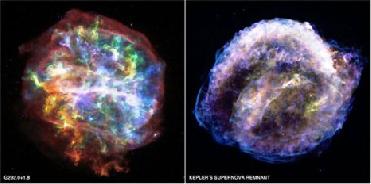
These two supernova remnants are part of the study from NASA's Chandra X-ray Observatory that shows how the shape of the remnant is connected to the way the progenitor star exploded. Image credit: NASA
WASHINGTON (BNS): Remnants of a supernova after a star’s explosion could provide vital clue about the dead star even thousands of years after its death, according to researchers.
Images provided by NASA’s Chandra X-ray Observatory of an exploded star’s debris show that the symmetry of the remnants, or lack thereof, could be storing vital information about how the star exploded.
“It's almost like the supernova remnants have a 'memory' of the original explosion,” said Laura Lopez of the University of California at Santa Cruz, who led the study. “This is the first time anyone has systematically compared the shape of these remnants in X-rays in this way.”
The team of astronomers, who report their findings in the The Astrophysical Journal Letters, focused on relatively young supernova remnants that exhibited strong X-ray emission. They studied 17 supernova leftovers both in the Milky Way galaxy and a neighboring galaxy, the Large Magellanic Cloud.
After categorising the supernovas as per the elements observed in them, the researchers found that one type of supernova explosion – the so-called Type Ia – left behind relatively symmetric, circular remnants. A Type Ia supernova results from the thermonuclear explosion of a white dwarf.
On the other hand, the remnants left by the ‘core-collapse’ supernova explosions were more asymmetric. This type of supernova occurs when a very massive, young star collapses onto itself and then explodes.
“If we can link supernova remnants with the type of explosion, then we can use that information in theoretical models to really help us nail down the details of how the supernovas went off,” said co-author Enrico Ramirez-Ruiz.
Out of the 17 supernova remnants sampled, ten were classified as the core-collapse variety, while the remaining seven were classified as Type Ia.
However, one of them, SNR 0548-70.4, was an ‘oddball’ – showing signs of a Type Ia based on its chemical abundances, and having the asymmetry of a core-collapse remnant, said Lopez.
“We do have one mysterious object, but we think that is probably a Type Ia with an unusual orientation to our line of sight,” said Lopez, adding “but we'll definitely be looking at that one again.”
Using the latest technique, astronomers can now expand their horizon of studying such remnants even at greater distances like the large, bright supernova remnants in the galaxy M33, NASA said.
 Previous Article
Previous Article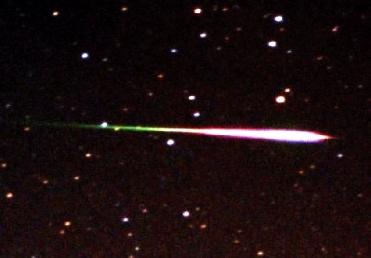 Next Article
Next Article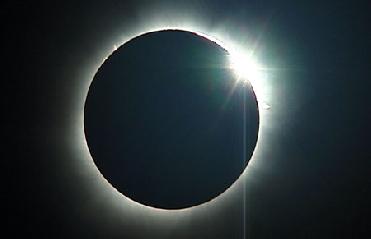
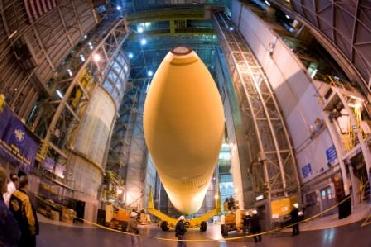
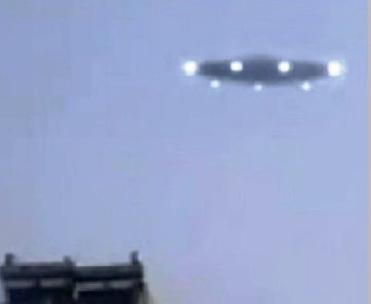











The Indian Air Force, in its flight trials evaluation report submitted before the Defence Ministry l..
view articleAn insight into the Medium Multi-Role Combat Aircraft competition...
view articleSky enthusiasts can now spot the International Space Station (ISS) commanded by Indian-American astr..
view article